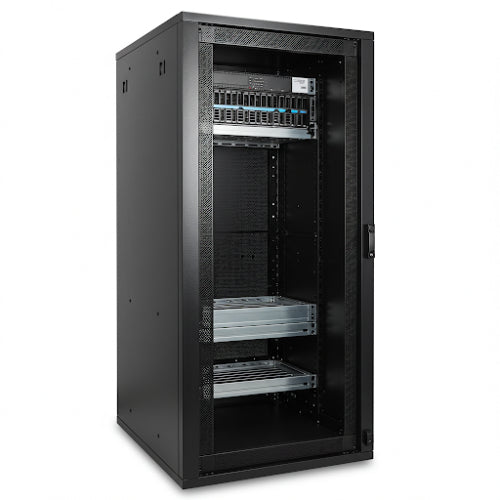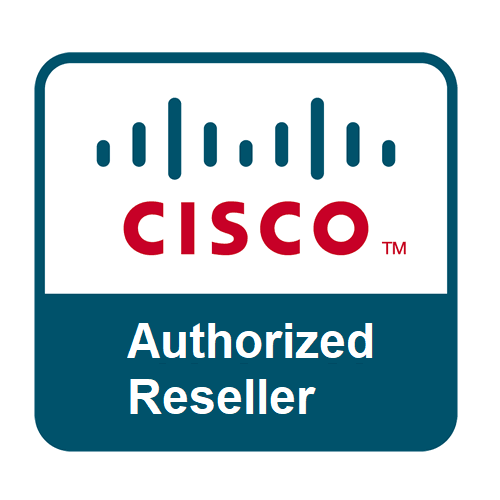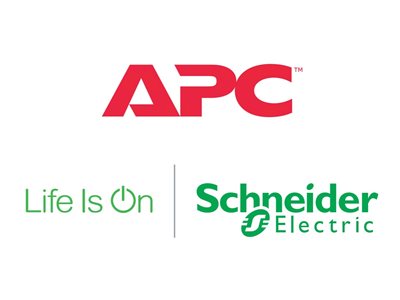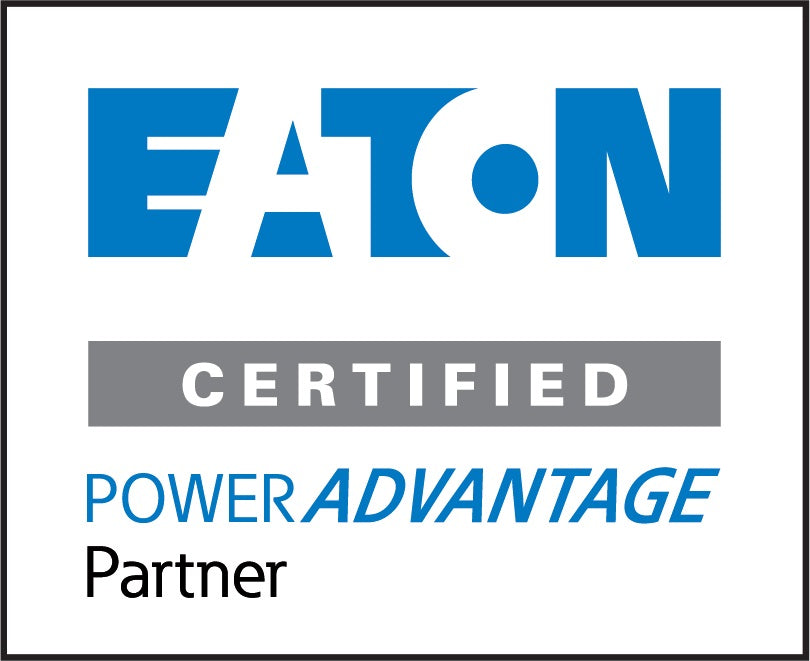The Evolution of Rack Cabinets: From Standard to Smart
In the silent heart of countless IT infrastructures, server rooms, and data centers, lies a seemingly unassuming yet critical piece of equipment: the rack cabinet. For decades, these standardized enclosures have served as the backbone for organizing and protecting valuable electronic equipment. However, the rack cabinet hasn't remained static. It has undergone a significant evolution, transforming from simple metal boxes into sophisticated, "smart" solutions designed to meet the ever-increasing demands of modern technology.
Let's take a journey through the evolution of rack cabinets, exploring their transformation from basic necessities to intelligent infrastructure components.
The Humble Beginnings: Standard Rack Cabinets
The initial purpose of rack cabinets was straightforward: to provide a standardized and organized way to house servers, networking gear, and other 19-inch rack-mountable equipment. These early cabinets were primarily focused on:
- Physical Protection: Shielding equipment from dust, physical damage, and unauthorized access.
- Organization: Providing a structured framework for mounting devices, improving cable management, and making maintenance easier.
- Airflow Management (Basic): Often incorporating simple ventilation slots or the option to install basic fans to dissipate heat.
These standard rack cabinets were essentially passive enclosures. Their primary function was containment and organization, with limited built-in intelligence or advanced features.
The Rise of Density and the Need for Better Thermal Management:
As technology advanced, so did the density of equipment housed within rack cabinets. More powerful servers and networking devices generated significantly more heat. This increased thermal load highlighted the limitations of basic ventilation in standard cabinets. The evolution then focused on:
- Improved Airflow Management: Introducing features like perforated doors, cable management channels designed to optimize airflow, and the integration of more powerful and strategically placed fans.
- Hot and Cold Aisle Containment: Implementing physical barriers to separate hot exhaust air from cool intake air, improving cooling efficiency and reducing energy consumption.
These advancements marked a significant step towards addressing the growing thermal challenges within data centers and server rooms.
The Intelligent Revolution: Smart Rack Cabinets Emerge
The demands of modern IT infrastructure, including increased complexity, the need for remote monitoring, and a focus on energy efficiency, have spurred the development of "smart" rack cabinets. These intelligent enclosures go far beyond basic containment and offer a range of integrated features, including:
- Environmental Monitoring: Built-in sensors to track temperature, humidity, airflow, and even door access. This data provides valuable insights into the operating conditions within the cabinet, allowing for proactive management and preventing potential equipment failures.
- Power Management: Integrated power distribution units (PDUs) with remote monitoring and control capabilities. This allows administrators to track power consumption, remotely reboot devices, and manage power loads efficiently.
- Security Features: Electronic door locks with access control, intrusion detection sensors, and even video surveillance to protect sensitive equipment from unauthorized access.
- Asset Management: Some smart cabinets incorporate RFID or other tracking technologies to provide real-time visibility into the location and status of the equipment housed within.
- Remote Management and Monitoring: Connectivity via network interfaces allows administrators to access real-time data and manage the cabinet remotely, reducing the need for physical visits and enabling faster response times to potential issues.
- Integration with DCIM (Data Center Infrastructure Management) Software: Smart rack cabinets can seamlessly integrate with DCIM platforms, providing a holistic view of the entire data center environment, including power, cooling, and asset management.
Benefits of Smart Rack Cabinets:
The shift towards smart rack cabinets offers numerous advantages for modern IT environments:
- Improved Reliability: Proactive monitoring and management help prevent equipment failures caused by overheating or power issues.
- Enhanced Security: Physical and logical security features protect valuable assets from unauthorized access.
- Increased Energy Efficiency: Optimized airflow management and intelligent power management contribute to lower energy consumption and reduced operational costs.
- Simplified Management: Remote monitoring and control capabilities streamline IT operations and reduce the need for manual intervention.
- Better Capacity Planning: Real-time data on power and environmental conditions provides valuable insights for capacity planning and future infrastructure deployments.
- Faster Troubleshooting: Early detection of potential issues through monitoring allows for quicker diagnosis and resolution, minimizing downtime.
The Future of Rack Cabinets:
The evolution of rack cabinets is likely to continue, driven by trends like edge computing, the Internet of Things (IoT), and the ongoing quest for greater efficiency and automation. Future developments may include:
- More advanced AI-powered monitoring and predictive analytics.
- Enhanced liquid cooling integration for high-density deployments.
- Greater levels of automation for tasks like cable management and equipment deployment.
- Increased focus on sustainability and environmentally friendly materials.
Conclusion:
From their humble beginnings as simple enclosures, rack cabinets have undergone a remarkable transformation to become integral components of intelligent IT infrastructure. The advent of smart features has empowered organizations with greater control, visibility, and efficiency within their critical technology environments. As technology continues to evolve at a rapid pace, we can expect rack cabinets to become even more sophisticated, playing an increasingly vital role in supporting the digital world. The journey from standard to smart is a testament to the ongoing innovation within the data center and IT landscape.







